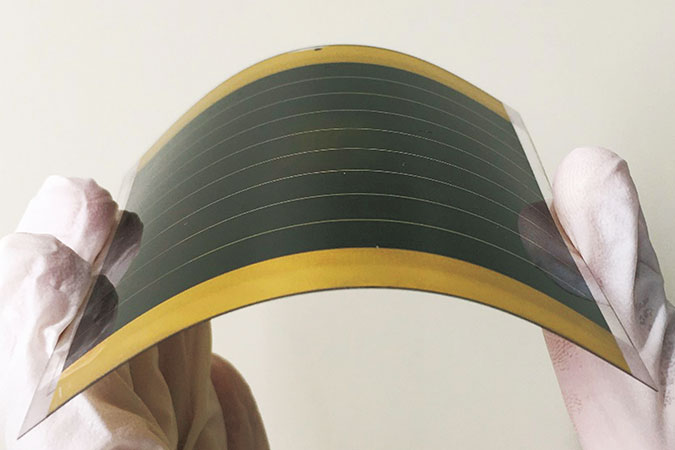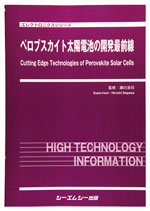UTokyo researchers answer questions on 21 GX (Green Transformation) topics from their specialist viewpoints. Through questions that cannot simply be brushed off as someone else’s concerns, take a peek into GX and our world of research.
Q6. Why is electrification necessary to prevent global warming?
Around 80% of Japan’s electricity generation comes from fossil fuels, so how can electricity help stop global warming?Answered by Hiroshi Segawa
Professor, Graduate School of Arts and Sciences
Energy Science

Expanding renewable energy is the best way to reduce CO2 emissions

In Japan, more than 90% of CO2, which is the main greenhouse gas, comes from the energy consumption process of combustion engines or thermal power generation. The most effective way to reduce CO2 emissions is to replace fossil fuels with fossil-free energy sources by energy transformation. Among the fossil-free energy sources, solar and wind power generation systems have been pushed forward in the world, and it is thought that it will be possible to generate all electricity with the renewable energy from these and other fossil-free energies. Accordingly, the worldwide implementation of restrictions on gasoline-fueled vehicles and the growing utilization of electric vehicles (EV) are based on the assumption that all electricity generation will eventually use alternatives to fossil fuels.
In recent years, the RE100 (Renewable Energy 100%) global initiative, in which members commit to operating their businesses using only renewable electricity, has expanded to more than 400 companies. The use of renewable energy has become a social responsibility, so any companies that fail to use it will end up being ostracized from the supply chain.
In the case of the U.S. state of Hawaii, where legislation was introduced decreeing that 100% renewable electric energy must be used by 2045, the state government decided to offer tax incentives to consumers as well as businesses that promoted the use of solar power. Now, when solar panels and storage batteries are installed on many offices and houses, the owners receive a tax credit. Since electricity prices in Hawaii are higher than in Japan, the tax credits for solar panel and storage battery packages are proving to be a huge benefit for normal households, and it seems likely that the 100% renewable energy target will be met before the 2045 deadline.
In contrast, Japan’s Sixth Strategic Energy Plan aims to achieve just 36% to 38% renewable energy-based electricity usage by 2030. However, at the current pace, it is unlikely that even this target will be reached as the current Feed-in Tariff (FIT) and Feed-in Premium (FIP) systems hardly work as an incentive to introduce renewables. Perhaps the Japanese government should also start offering tax credits to get companies to utilize their internal reserves. Likewise, they should also encourage Power Purchase Agreements (PPA) — direct agreements between providers of renewable energy and commercial users of electricity whereby the user receives a stable supply of solar power without having to pay up-front costs.
It is also important to consider where renewable energy facilities should be installed — a particularly important issue in a country like Japan where space is limited. With regard to wind power, prospects for offshore wind farms are promising, as that is where the wind is at its strongest and environmental issues can best be avoided. In the field of solar power generation systems, research and development has been proceeding on lightweight, high-efficiency solar cells that can be installed anywhere, such as on the roofs of factories or building walls. One such type is “perovskite solar cells” using organometal iodide. Since Japan is the world’s No. 2 producer of the iodine used in these cells, we can avoid some of the resource-related problems associated with conventional solar cells. Maybe it will be possible in the future to even develop high-performance cells that can be used in things such as EV roofs and electric aircraft. Japan must invest in the development of these types of new technology for renewable energy.

Cutting Edge Technologies of Perovskite Solar Cells
(CMC Publishing, 2019)
A must-read for researchers, with a detailed explanation of the history of perovskite solar cell development, their deployment in photoelectric converters and the latest technologies.







